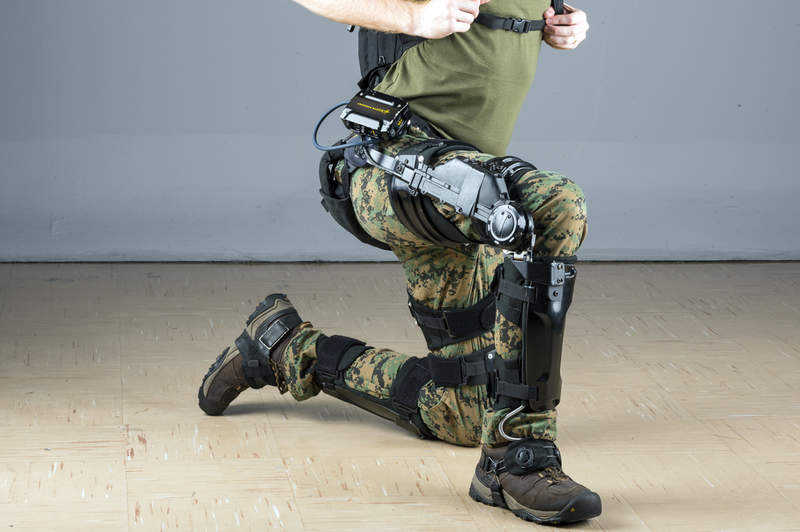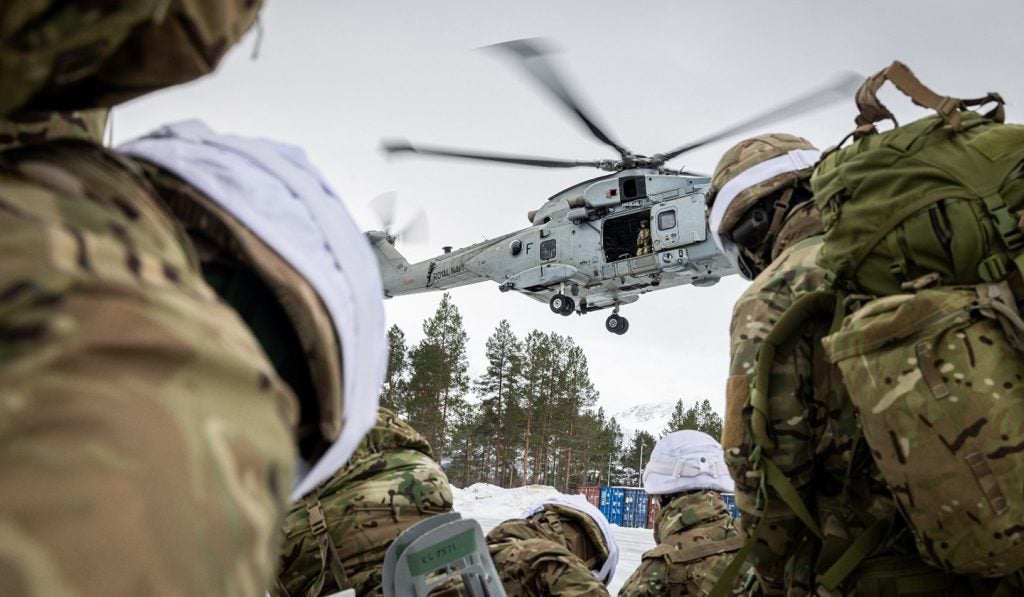
An independently funded study in the US has revealed that Lockheed Martin’s Fortis knee stress release device (K-SRD) exoskeleton helps soldiers to better perform on inclined terrain.
Conducted by the University of Michigan Human Neuromechanics Laboratory, the study showed K-SRD’s potential to increase mobility for dismounted troops.
The study examined data from four trained participants, who wore exoskeleton and carried a 40lb backpack while walking at various speeds on a treadmill inclined to 15 degrees.
The report highlights that all participants showed a statistically significant reduction in exertion as compared to performing that same task without the K-SRD unit.
Lockheed Martin Missiles and Fire Control exoskeleton technologies programme manager Keith Maxwell said: “By reducing the effort in walking and climbing, there’s less fatigue. This technology can literally help our fighting men and women go the extra mile while carrying mission-essential equipment.”
The K-SRD uses B-Temia’s Dermoskeleton technology to counteract overstress on the lower back and legs.
How well do you really know your competitors?
Access the most comprehensive Company Profiles on the market, powered by GlobalData. Save hours of research. Gain competitive edge.

Thank you!
Your download email will arrive shortly
Not ready to buy yet? Download a free sample
We are confident about the unique quality of our Company Profiles. However, we want you to make the most beneficial decision for your business, so we offer a free sample that you can download by submitting the below form
By GlobalDataThe Dermoskeleton uses high-end sensors and advanced artificial intelligence proprietary software to sense the user’s mobility intentions and generate synchronised movements at the motorised knees.
The exoskeleton has been designed to support and boost leg capacity for physically demanding tasks that require lifting or dragging heavy loads, or walking with a load on inclines or stairs.
It would undergo more tests and will be expanded to reflect urban scenarios, including ascending and descending stairs with weight to assess the potential for first responders.






